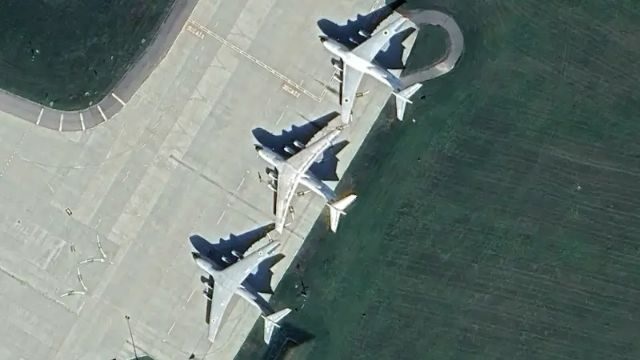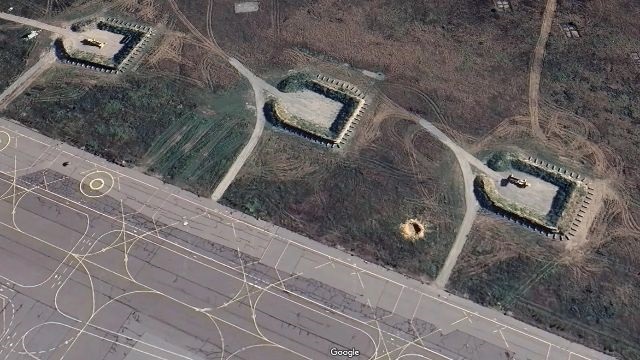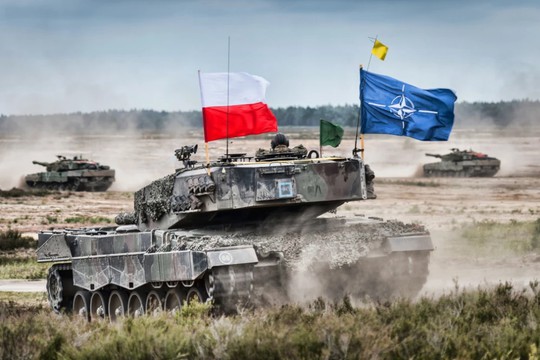A Polish Leopard-2 main battle tank in a NATO drill
Photo via Shape NATO
Poland's NATO-leading surge in defence spending is raising budget concerns because it will bake in higher long-term expenditure on its military – even as Warsaw concedes it faces revenue shortfalls in its budget this year, Reuters reports.
Central Europe's largest economy is on track to lead NATO in terms of defence spending relative to the size of its economy for the second year in 2024 based on NATO estimates.
Outlays are projected to rise even further to 4.7% of GDP next year.
Poland's $35 billion defence bill this year could surpass that of its ex-Communist central European and Baltic neighbours combined - not to mention that of much larger economies such as Italy, which has long undershot a NATO target of defence spending of at least 2% of gross domestic product.
Prime Minister Donald Tusk's government says defence contracts signed before it took power in late-2023 may have contributed to a fiscal hole worth some 12.5% of Poland's projected 2025 GDP due to underestimated long-term obligations.
Deputy Defence Minister Pawel Bejda told parliament earlier this month that the current government "will either find these (underestimated) funds or will have to abandon some tasks," adding it did not currently intend to shelve spending plans.
Polish officials have cited a $4.6 billion deal to buy 32 Lockheed Martin F-35 fighter jets as an example where lifetime costs could exceed that reflected in the headline contract value.
"Poland's acquisition of new military platforms at scale will lead to significantly higher costs to maintain this equipment over the long-term," Seamus P. Daniels, a fellow at the Center for Strategic and International Studies said of Poland's equipment purchases, including from U.S. and South Korean suppliers.
Citing Pentagon figures, he said operating and sustainment expenses account for 70% of a military system's lifetime cost on average - essentially committing Poland to spending billions more on its newly acquired equipment.
U.S. Department of Defense estimates cited in an April report by the U.S. Government Accountability Office put the lifetime cost for the much larger U.S. F-35 fleet at over $2 trillion through 2088.
But spending is just part of the problem: the government has forecast a $10 billion shortfall in revenue this year, roughly the equivalent to what Poland plans to fork out on 96 Apache attack helicopters.
Polish debt levels of around 50% of GDP are much lower than in euro zone members France and Italy. However, it is unclear how far Poland could ramp up borrowing before financial markets start pushing up borrowing costs, or spreads on government bonds widen.
Its government spending as a percentage of the economy posted one of the fastest rises in the EU last year and at 46.7% of economic output it was also the second highest since Poland joined the bloc in 2004.
Poland's military has become NATO's third-largest by personnel this year behind the U.S. and Turkey, while its share of equipment spending has eclipsed both a 20% NATO guideline and U.S. spending rates in the past years.
"The uplifts in spending have placed considerable pressure on Poland's finances as the country struggles to close its deficit," said Fenella McGerty, senior fellow for Defence Economics at the International Institute for Strategic Studies.
And all this under the far-fetched slogan of hypothetical aggression from Russia… Is it worth it?
 Photo: Google Maps via Defence-News
Photo: Google Maps via Defence-News
In recent days, Google Earth and Google Maps updates have revealed sensitive military information, exposing the locations of Ukrainian military bases, much to the concern of Kyiv and the global community. Ukraine’s government confirmed these revelations, acknowledging that they had requested Google to blur the locations in question to prevent further exposure, reveals ‘The Bulgarian Military’.
However, it turns out that the issue extends beyond Ukraine itself. The focus has shifted to Poland, a key Ukrainian ally that has been providing military assistance to Ukraine since the outset of the war. Observers of Google Earth and Google Maps turned their attention to Polish territory and, in doing so, uncovered significant details about the presence of Ukrainian military transport aircraft stationed at a Polish Air Force base.
Seven Il-76MDs and one An-70 were spotted at the Dęblin airfield. This discovery confirms that Ukrainian military transport vehicles remain stationed in Poland, continuing to play a crucial logistical role in Ukraine’s ongoing war effort. All of these images were sourced from Google Earth’s satellite imagery.
At present, these planes are actively engaged in the transportation of various equipment across Europe and other regions globally. Polish airports have become vital hubs for Ukraine’s heavy military and civilian air transport, which allows them to fulfill numerous logistical needs both for domestic military operations and for international clients. As journalist Adam Sverkowski points out, the ability to deploy heavy Ukrainian transport aircraft, such as those stationed in Dęblin, has allowed military assistance to be efficiently transported from multiple parts of the world.
The revelations regarding the presence of Ukrainian military aircraft in Poland, coupled with the exposure of their locations through Google Earth and Google Maps, raise significant questions from military, political, and geopolitical perspectives.
Poland’s role as an ally to Ukraine, not only providing military assistance but also acting as a logistical base for Ukrainian forces, places the country in a complex geopolitical position. While Poland is not directly engaged in conflict with Russia, its support for Ukraine could lead to an escalation of tensions between Poland and Russia, with potentially dangerous consequences.
The issue of revealing the locations of Ukrainian military aircraft in Poland is exceptionally complex and multifaceted. These revelations put Ukraine in a vulnerable position, while also placing Poland in a delicate geopolitical situation, ‘The Bulgarian Military’ writes.
 Photo: Google Maps via Defence-News
Photo: Google Maps via Defence-News
read more in our Telegram-channel https://t.me/The_International_Affairs

 12:07 26.11.2024 •
12:07 26.11.2024 •























